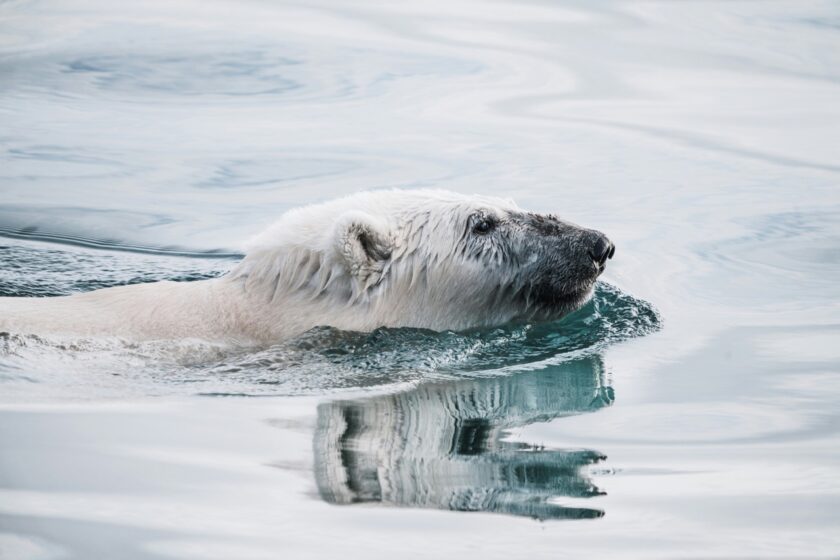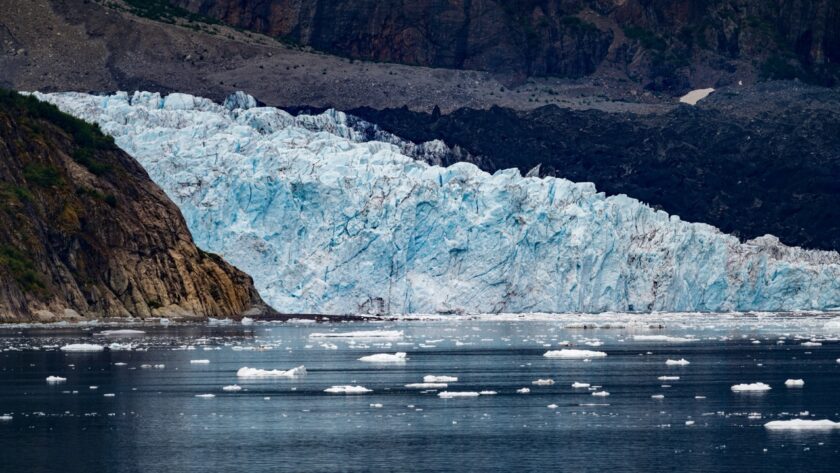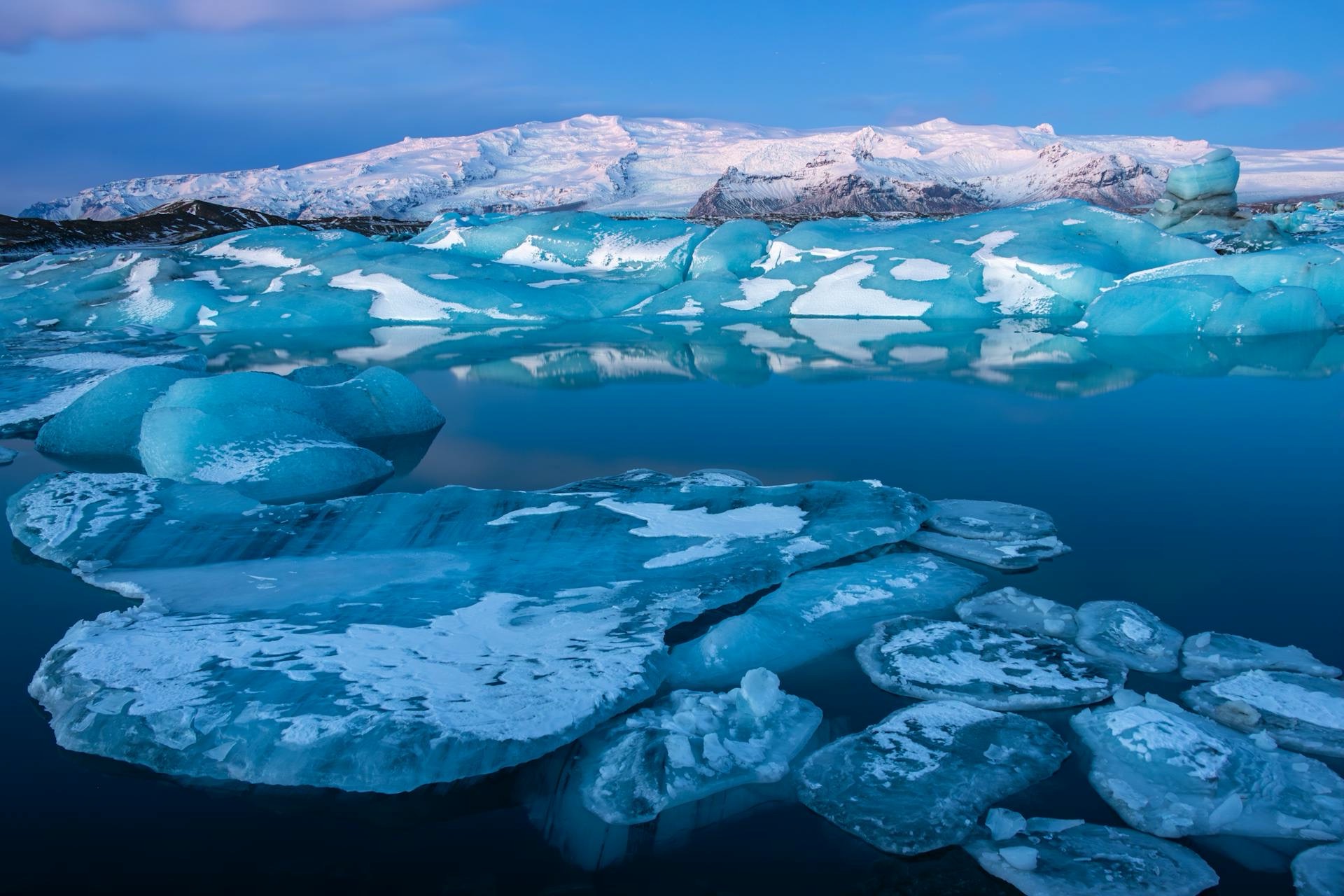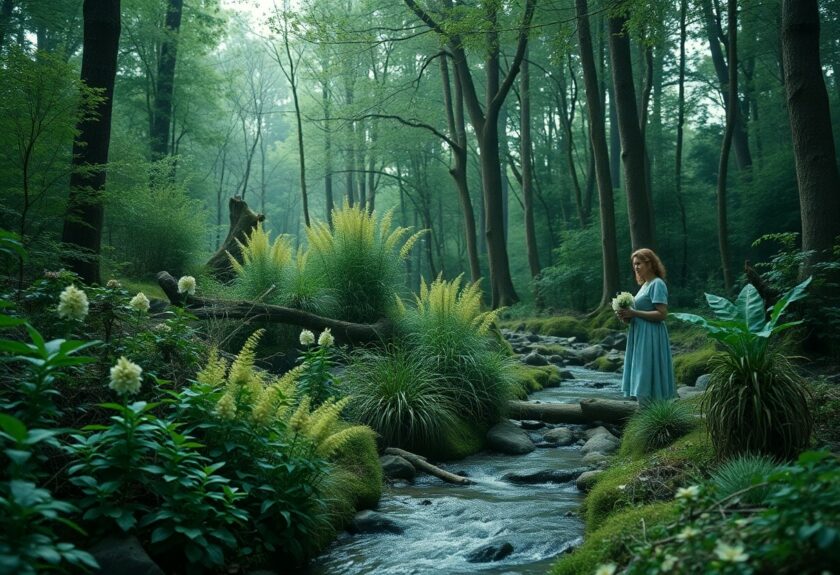When we think of the polar regions, images of ice, snow, and unique wildlife often come to mind. However, the Arctic and Antarctica, while both polar regions, are strikingly different in terms of geography, climate, and biodiversity. This blog post delves into these differences, shedding light on what makes each region unique and the implications of these distinctions for our planet.
Geography: Land vs. Sea
One of the most significant differences between the Arctic and Antarctica lies in their geographical composition. The Arctic is primarily an ocean—the Arctic Ocean—surrounded by landmasses such as Russia, Canada, and Greenland. This ocean is covered by a layer of sea ice that varies in thickness and extent throughout the year. In contrast, Antarctica is a vast continent, known as Antarctica, surrounded by the Southern Ocean. This landmass is predominantly covered by ice, with an average thickness of about 2,000 meters, making it the highest continent on Earth.
The sheer size of Antarctica is staggering; it is so large that Germany could fit into it 37 times! This vast expanse of ice and land is defined by its geographical coordinates, extending from the South Pole at 90 degrees south to 60 degrees south latitude.
Climate: The Coldest Places on Earth
Both polar regions experience extreme cold, but Antarctica takes the title for the coldest place on Earth. Average temperatures in Antarctica can plummet to -50 degrees Celsius, with record lows reaching an astonishing -98.6 degrees Celsius. In comparison, the Arctic has milder temperatures, averaging around -19 degrees Celsius. This stark difference in temperature is largely due to the Arctic’s oceanic environment, which moderates its climate, while Antarctica’s landmass experiences more extreme conditions.
The polar regions also share unique light conditions. During winter, both regions experience 24 hours of darkness, while summer brings continuous daylight. These extreme light conditions affect the ecosystems and wildlife that inhabit these areas.

Biodiversity: Life in the Extremes
Despite their harsh climates, both the Arctic and Antarctica support a variety of life forms, though the types and numbers of species differ significantly. The Arctic is home to approximately 21,500 known species of plants and animals, including iconic species like polar bears, Arctic foxes, and various migratory birds. The presence of land and a more temperate climate allows for a greater diversity of life, including large herbivores like reindeer that thrive in the summer months.
In contrast, Antarctica has a much lower biodiversity, with around 12,230 known species. The extreme cold and dryness mean that only a few hardy organisms, such as mosses and lichens, can survive on land. Most of the biodiversity in Antarctica is found in its surrounding waters, where marine life flourishes, including seals, penguins, and a variety of fish species.
Human Presence: Inhabited vs. Uninhabited
Another key difference between the two regions is human habitation. The Arctic is home to approximately 4 million people, including indigenous communities who have adapted to the harsh conditions and rely on the land and sea for their livelihoods. These communities have rich cultural traditions and knowledge systems that have been passed down through generations.
In stark contrast, Antarctica is the only uninhabited continent on Earth. While there are temporary research stations where scientists conduct studies, the population is limited to a few thousand people at any given time. The Antarctic Treaty, established in 1961, prohibits any permanent human settlement and emphasizes the importance of scientific research and environmental protection.

Environmental Concerns: Climate Change and Resource Exploitation
Both polar regions are facing significant environmental challenges, particularly due to climate change. The Arctic is experiencing rapid warming, leading to the melting of sea ice at an alarming rate. This not only threatens the unique wildlife that depends on the ice but also opens up new shipping routes and access to untapped natural resources, such as oil and gas. The absence of a comprehensive agreement similar to the Antarctic Treaty raises concerns about potential exploitation and environmental degradation in the Arctic.
Antarctica, while more stable in terms of ice mass, is not immune to climate change. The warming Southern Ocean is causing the ice shelves to melt from below, leading to the calving of massive icebergs. The recent discovery of the largest iceberg in the world, which is more than four times the size of Berlin, highlights the ongoing changes in this fragile ecosystem.
Conclusion: A Call for Awareness and Action
Understanding the differences between the Arctic and Antarctica is crucial for appreciating the complexities of our planet’s climate and ecosystems. While both regions are vital to the Earth’s health, they face unique challenges that require targeted conservation efforts. As we continue to grapple with the impacts of climate change, it is essential to advocate for policies that protect these polar regions and the biodiversity they support.
Whether you find yourself drawn to the icy expanses of Antarctica or the vibrant life of the Arctic, one thing is clear: both regions are integral to the Earth’s ecological balance. By raising awareness and fostering a sense of responsibility towards these remote areas, we can help ensure their preservation for future generations.




